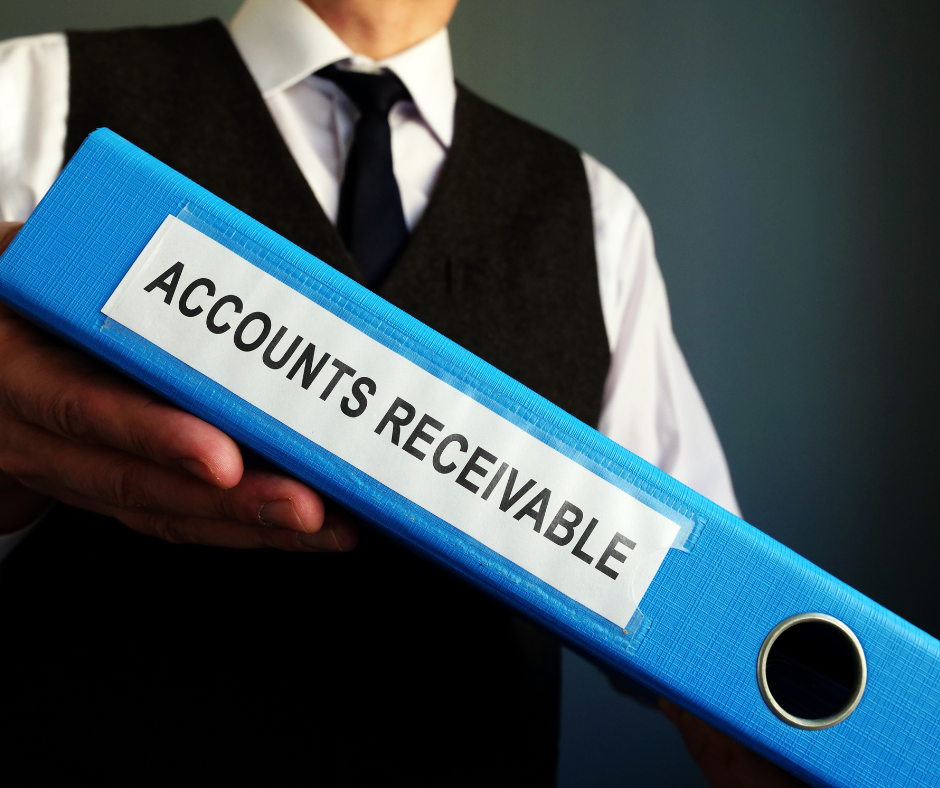Financial statements are formal records of all financial activities and performance of a business, presented in a structured manner. There are three main financial statements:
BALANCE SHEET
This report is prepared to show the organization’s financial position at the end of an accounting period. The balance sheet displays the classic accounting equation Assets = Liabilities + Equity.
Assets – Things the company owns that have value and are listed on the balance sheet based on how quickly they can be converted into cash. Current assets are things that can be and are expected to be used up within one year. Examples of current assets are cash, accounts receivable, inventory, supplies, and prepaid expenses. Fixed assets are things a company owns that are tangible and used in business operations. Examples of fixed assets are land, buildings, land improvements, machinery, equipment, vehicles, computers, and furniture and fixtures.
Liabilities – Obligations for amounts owed to lenders and suppliers. Current liabilities are obligations due within one year. Examples of current liabilities are accounts payable, notes payable within one year, wages payable, the principal portion of a long-term loan that must be repaid within one year, and income taxes payable. Long term liabilities are obligations that are not payable within one year. Examples would be bonds payable, long term loans, and pension liabilities.
Stockholder’s equity – Money that would be left if a company sold all its assets and paid off all its debts. What is leftover is the money that belongs to owners and stockholders. Equity includes common stock, paid-in capital, retained earnings, and treasury stock.
INCOME STATEMENT
This report is also called the Profit and Loss Statement. It shows how much revenue a company earned over a specific period of time. Your gross revenue is the starting point for this report.
Cost of Goods Sold (COGS) – These are the expenses that incurred to produce the goods or services sold. Examples of COGS are raw materials, manufacturing, shipping and wages to personnel who make the product.
Operating Expenses – All expenses that go toward supporting the business’ operations. Examples of operating expenses are salaries of administrative personnel, marketing, associated with earning that revenue are deducted from the gross profit.
Depreciation – Takes into account the wear and tear on assets such as machinery, tools and furniture. These assets are used over the long term and companies spread the cost over the periods they are used.
Interest Income and Interest Expense – Interest Income is money made from interest bearing accounts and loans. Interest Expense is money paid for funds borrowed. This is added or subtracted from the operating profits before income tax
Income Tax – income tax is deducted to arrive at the bottom line: Net profit or net losses.
CASH FLOW STATEMENT
This report shows you how much cash you have on hand for a specified period. The Cash Flow Statement is a reconciliation of the information contained on the Balance Sheet. It displays the company’s inflows and outflows of cash and helps to determine if the company has enough cash on hand to pay it s expenses and purchase assets.
The Cash Flow Statement is needed in conjunction with the others because the Income Statement reports income earned and expenses occurred on an accrual method of accounting. The cash method only records money that actually leaves or enters your bank accounts. The Cash Flow Statement makes adjustments to the information recorded on your Income Statement so you see the precise amount of cash you have on hand for that time period. This statement is divided into three major sections:
Operating Activities – Cash inflow and outflow from the company’s main business activities of buying and selling merchandise and providing services.
Investing Activities – Cash form buying and selling property, factories and equipment, and buying and selling long-term investments.
Financing Activities – Cash from borrowing and repaying short-term and long-term debt, issuing and buying back shares of stock and paying dividends.
A good bookkeeper will provide these three financial statements, all reflecting the same period of time, and explain what they mean in reference to your business at every month end. In today’s technology driven world a remote bookkeeper is proving to be a valuable asset to understanding finances and how they affect the ability to make good financial decisions.
If you’re ready to see how remote bookkeeping can benefit your organization click here.











